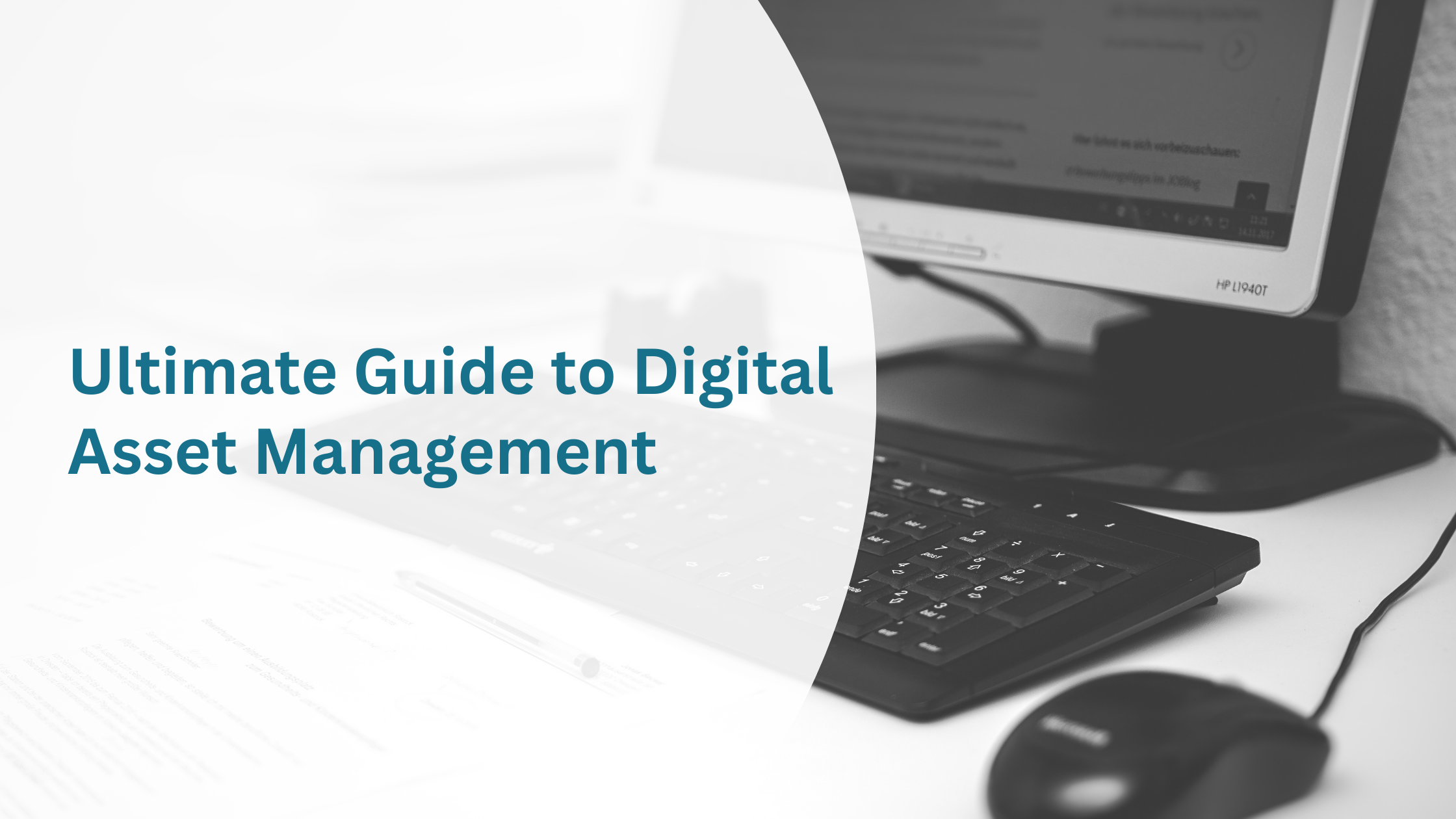OpenAsset Learning Hub
Dropbox vs Digital Asset Management

Dropbox vs DAM: What’s the Difference?
When it comes to digital asset management, there are a lot of different opinions on what is the best solution. Some people swear by Dropbox, while others prefer DAM (Digital Asset Management) software.
So, which is better? In this article, we will take a look at both options and compare their features and capabilities. We will also explore why digital asset management is an important solution for businesses, and discuss some of the advantages that it has over other options.
What is Dropbox?
Dropbox is a popular file sharing and storage solution. It allows users to create, share, and collaborate on files with ease. This business solution gained a great deal of traction and popularity when it first emerged on the scene in 2007. At that time, it was one of the first solutions to offer file syncing and sharing in the cloud.
Of course, big companies like Google and Microsoft quickly followed suit with their own offerings like Google Drive and OneDrive. So while Dropbox is not the only option available for file sharing and storage, it still remains one of the most popular due to its ease of use and its affordable pricing plans. Dropbox offers a variety of features, including:
- Access control – You can control who has access to your files and folders.
- Version history – Dropbox keeps track of all the changes made to your files. This way, you can always go back to an older version if you need to.
- Sharing – You can share files and folders with others easily.
- Security – Dropbox offers a variety of security features, including two-factor authentication and encrypted file transfers.
Many companies still swear by Dropbox, but there is a popular alternative: digital asset management (DAM).
What is DAM (Digital Asset Management)?
Digital asset management (DAM) is a solution that helps companies store and organize their digital assets, including files, images, videos and documents, in a centralized location.

DAM helps businesses keep track of their digital assets and makes it easy to share them with others. DAM has a variety of features, including:
- The ability to store large numbers of files
- The ability to search for files quickly and easily
- The ability to share files with others
- The ability to provide complete control over file access and user permissions
- The ability to manage digital assets throughout their extensive lifecycle
Dropbox vs DAM: Key Differences
On the surface, it may not seem like Dropbox and DAM are really that different. After all, they both allow you to store and share your digital assets. However, there are some key differences that set these two solutions apart.
File Types
Dropbox is designed to work with a variety of file types including documents, images, videos, and more. Searching by file name will locate your assets.
Digital asset management, on the other hand, is specifically designed to work with rich media assets such as images and videos. This means that DAM is better equipped to handle larger file sizes and more complex file types.
As a system that is more focused on visuals, digital asset management delivers thumbnails and detailed previews for almost all file types without the need to download.
Workflow
Another key difference between Dropbox and DAM is the way that they handle workflow. Dropbox is designed as a simple file storage and sharing solution. This means that it’s easy to use but it doesn’t offer much in terms of workflow features.
DAM, on the other hand, is designed to help you manage your digital assets through every stage of the workflow, from acquisition to archiving. This means that you can use DAM to create, manage, distribute and then either preserve or archive images.
This is a crucial feature for businesses that need to keep track of their digital assets, ensure that they are being used efficiently and maximize the value of their assets.
Digital asset management may also offer a number of other advantages, such as the ability to integrate with certain CRM and ERP systems.
Sharing
Dropbox is designed to be used internally, which means that it’s easy to share files and folders with colleagues. Tools for internal team collaboration include:
- @mention tagging
- Task lists
- File comments
- Real-time editing
However, it can be more difficult to share assets with outside parties, such as clients or vendors. There are a few ways to do this, but they generally require more steps than with a DAM.
For example, you can share a link to a file or folder stored in Dropbox, but you’ll need to set the permissions for that link (such as view-only or edit) each time you share it. Dropbox also puts limits on the number of links you can create and how long they’re active, as well as file sizes (insert upgrade fee!).
Digital asset management systems, on the other hand, are designed to make sharing easy, both internally and externally. After all, images and marketing content are meant to be distributed.
When you need to share a file or folder stored in your DAM, you can simply generate a shareable link with the exact permissions you want (and change them at any time).
Additionally, with a DAM like OpenAsset, you can easily give different groups of users different levels of access to your assets. For example, you can give a team access to your images, but restrict their ability to download or edit those files.
You can also give your external clients access to certain assets while keeping others private. This level of control is important for maintaining brand consistency and preventing unauthorized use of your assets.
Storage and Organization
Another key difference between Dropbox and DAM is the way in which files are stored and organized. Dropbox uses a simple folder structure to organize files. This can be sufficient for small teams or individual users. However, as your library of assets grows, it can become difficult to find specific files.
Digital asset management solutions use a more sophisticated system of cataloging and tagging to make it easy to find the right asset when you need it. This is especially important for businesses with large libraries of digital assets. This system is designed to be visual and easy to use so that you can find the right asset quickly and efficiently.
Some DAM solutions, like OpenAsset, allow you to store and organize your assets by project which can be critical for Architecture, Engineering, Construction and Real Estate firms.
Why You Should Upgrade from Dropbox to DAM
If you’ve been using Dropbox for most of your career you may be reluctant to make a change, but we promise you won’t regret it! Here’s a quick rundown of the top five reasons to make the upgrade from Dropbox to DAM:
- Efficiency – DAM is a more efficient way to manage digital assets. With DAM, you can easily find the right asset when you need it. This efficiency saves your team time and makes your workflow more productive.
- Security – DAM provides better security for your digital assets. Dropbox uses standard security protocols, which are not as secure as the protocols used by DAM.
- Control – DAM gives you more control over your digital assets. With Dropbox, you can only share files with people who have a Dropbox account. With DAM, you can share assets with anyone, regardless of whether or not they have a DAM account. This makes it easy to collaborate with partners and clients.
- Flexibility – DAM is a more flexible solution than Dropbox. With a DAM like OpenAsset, you search and tag assets by location, project manager or reference number.
- Features – DAM offers a more robust feature set than Dropbox. For example, many DAMs offer features such as version control. These features are essential for businesses that need to maintain control over their digital assets.
Final Thoughts
Dropbox’s reign has come to an end, as digital asset management software has emerged as the superior solution for managing digital assets. If you’re looking for a more flexible, efficient, feature-rich solution for managing your digital assets, then a premier DAM solution like OpenAsset is the way to go!

